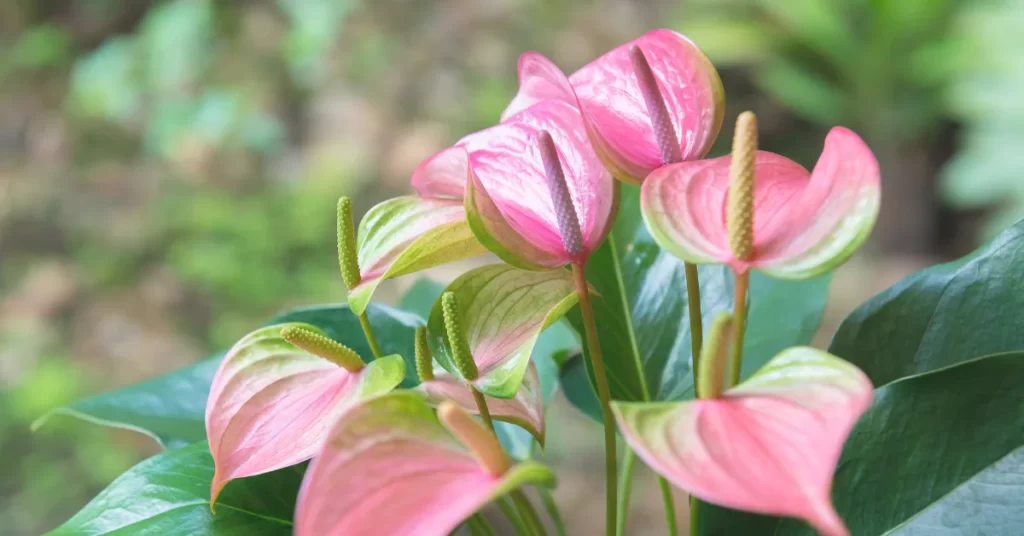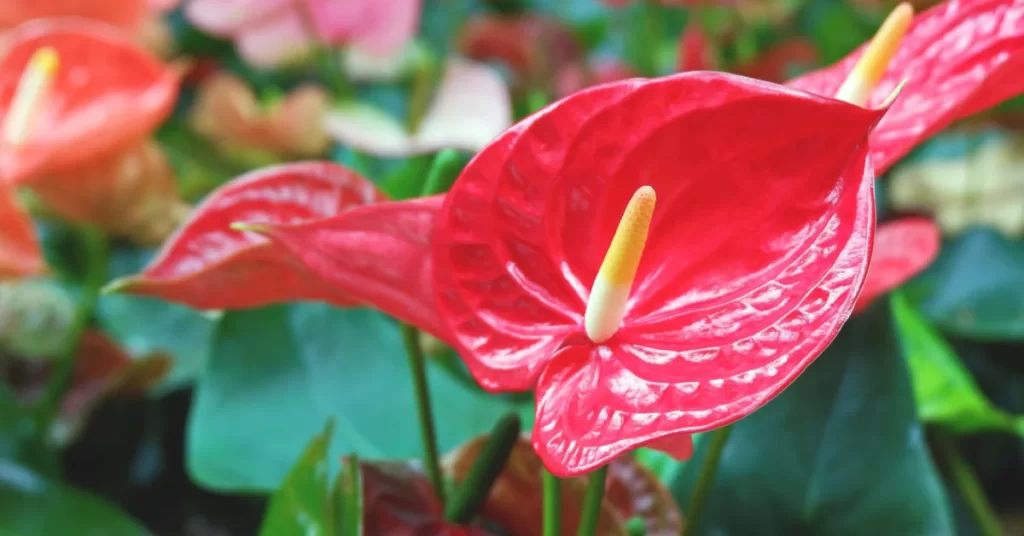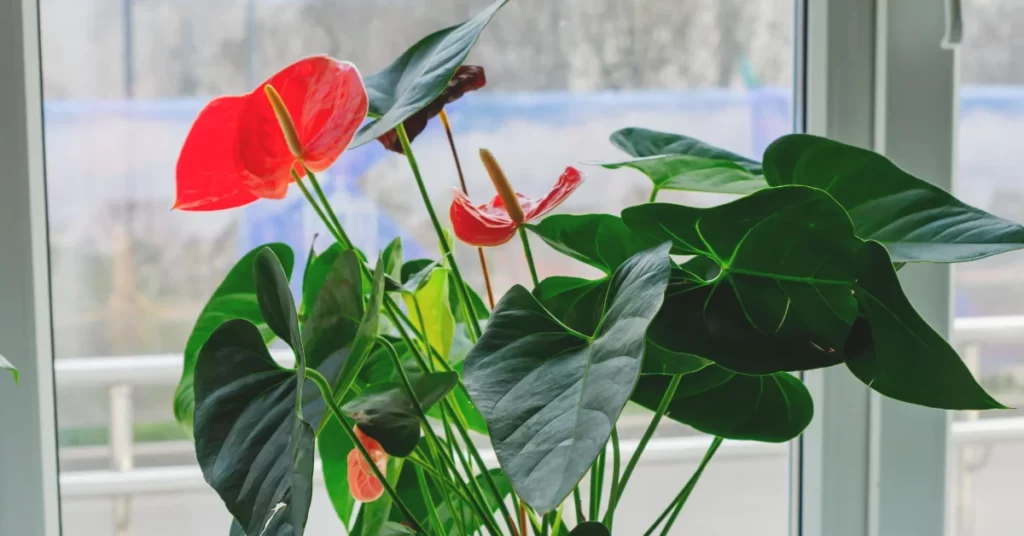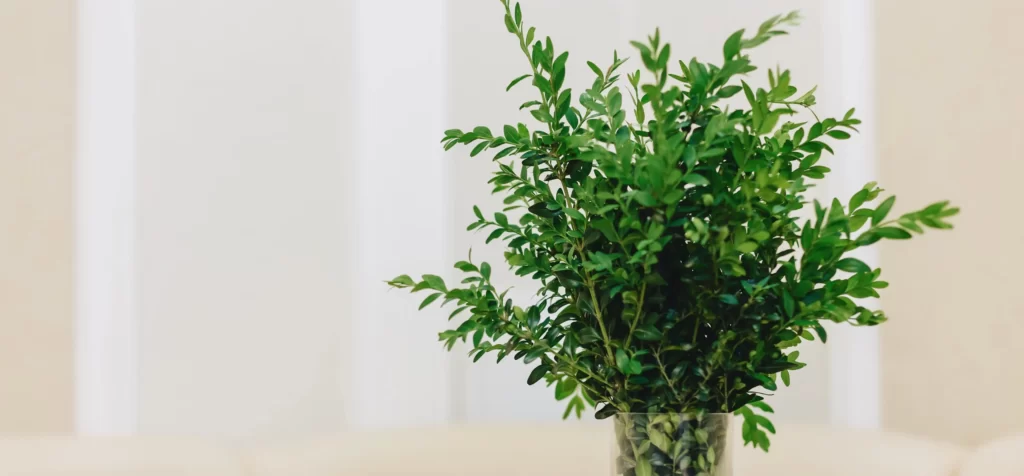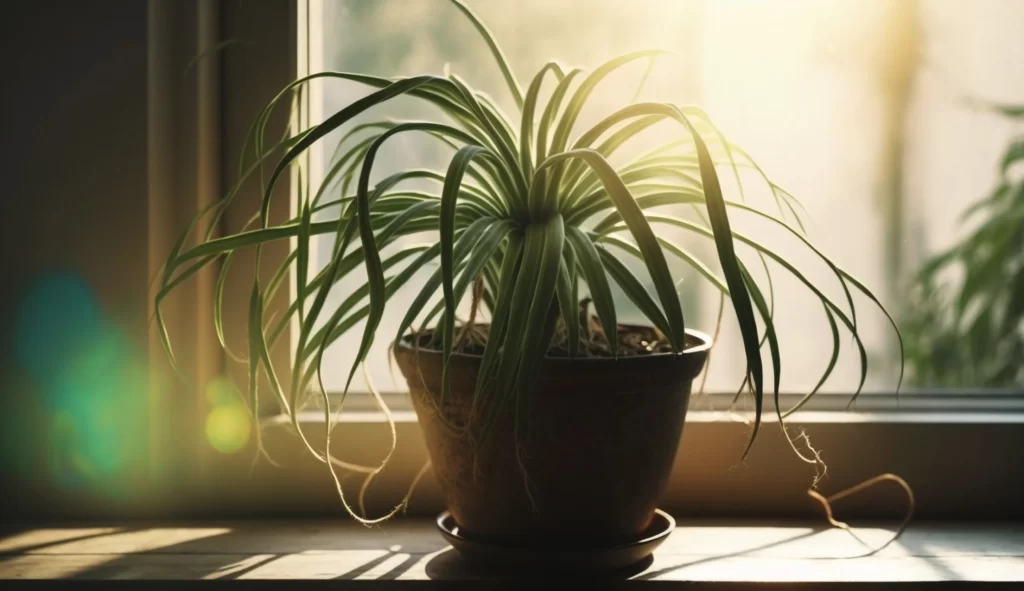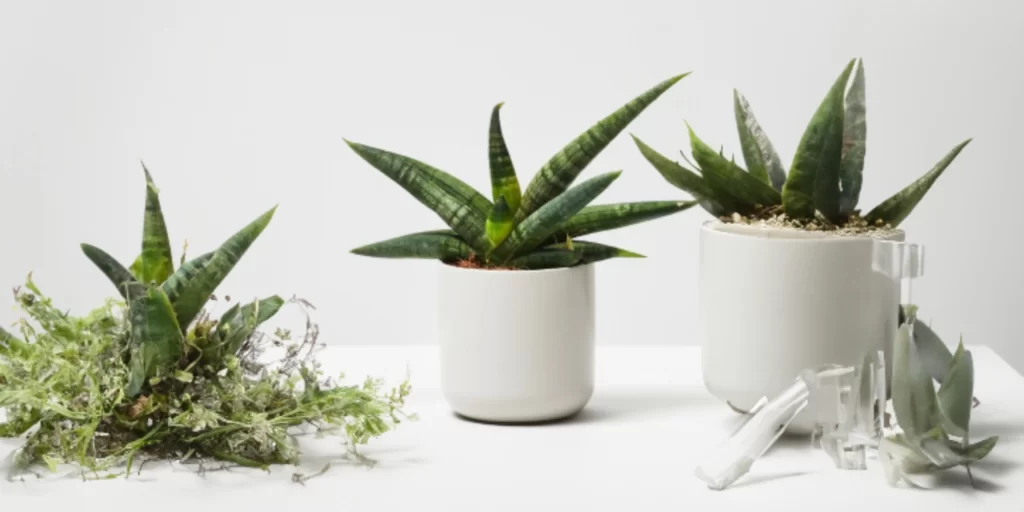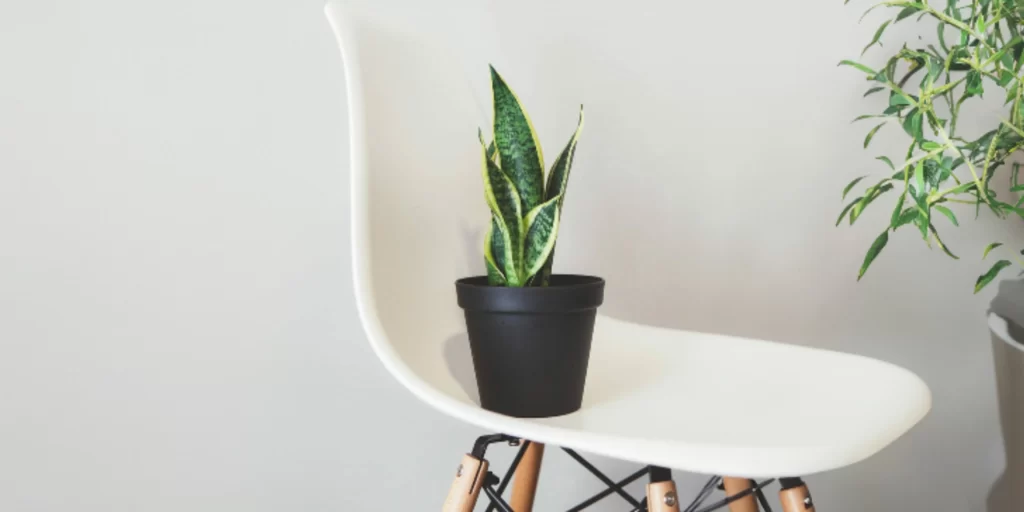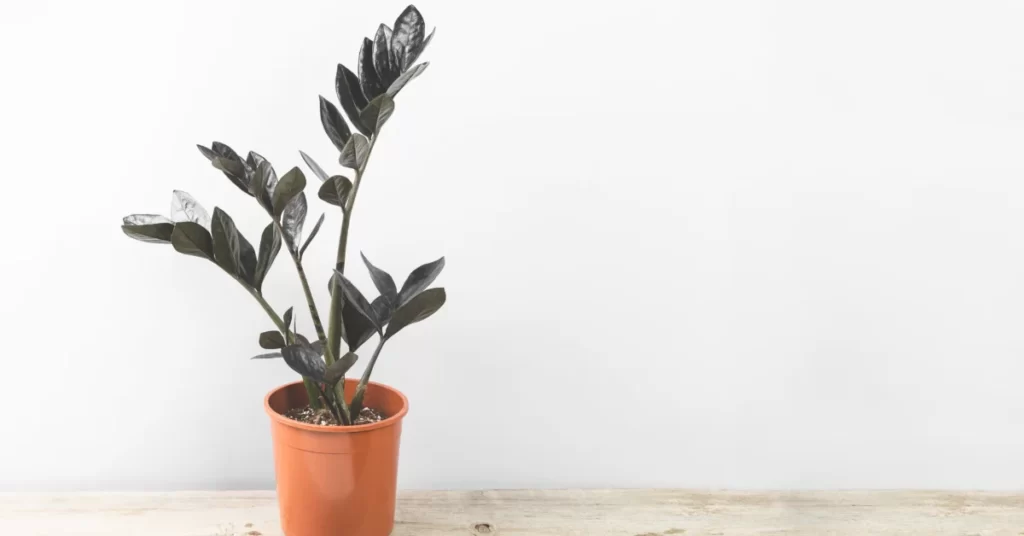Introduction Pink Anthurium
Pink Anthurium have gained popularity among lovers of indoor plants thanks to their alluring and brilliant blossoms. The Pink Anthuriums is a great option if you want to give your room a hint of tropical charm. To ensure that you can maintain these gorgeous plants in your house in good health and happiness, this comprehensive guidebook will cover every element of Pink Anthuriums maintenance.
Table of Contents
- Understanding Pink Anthuriums
- Selecting the Perfect Pink Anthuriums
- Planting Your Pink Anthuriums
- Providing the Right Light
- Optimal Watering Practices
- Maintaining Humidity Levels
- Feeding Your Pink Anthuriums
- Pruning and Deadheading
- Managing Pests and Diseases
- Repotting Your Pink Anthuriums
- Propagation Techniques
- Enhancing Bloom Production
- Dealing with Common Issues
- Frequently Asked Questions (FAQs)
- Conclusions
1.
Understanding Pink Anthuriums
Pink Anthuriums, scientifically known as Anthurium andraeanum, are admired for their distinctive spathes that come in varying shades of pink and heart-shaped glossy leaves. These South American-born tropical plants are cherished for their indoor adaptability.
2.
Selecting the Perfect Pink Anthurium
Select a Pink Anthuriums by keeping an eye out for a plant with colorful foliage and strong roots. The roots should grow strong and not crowded, and the leaves should be glossy and imperfection-free.
3.
Planting Your Pink Anthurium
Plant your Pink Anthurium in well-draining potting mix to prevent waterlogging. Choose a pot that has drainage holes to ensure excess water can escape. Plant the Anthurium at the same depth it was in its previous container.
4.
Providing the Right Light
Pink Anthuriums thrive in bright, indirect light. Avoid exposing them to direct sunlight, as it can scorch the leaves. Use sheer drapes to absorb the sunshine or place your plant close to a window with filtered light.
5.
Optimal Watering Practices
Water your Pink Anthurium when the top inch of the soil feels dry to the touch. Ensure the pot has proper drainage to prevent water accumulation, which can lead to root rot. Use room-temperature water to avoid shocking the plant.
6.
Maintaining Humidity Levels
Being tropical plants, Pink Anthuriums require high humidity levels to flourish. To boost humidity, mist the leaves frequently or put a tray of water close to the plant. A humidifier can also be used in the space.
7.
Feeding Your Pink Anthurium
Fertilize your Pink Anthurium every 6-8 weeks during the growing season (spring and summer). Use a fertilizer that is water-soluble and has been balanced and diluted by half. Avoid overfertilizing because the plant may suffer.
8.
Pruning and Deadheading
Remove dead or yellowing leaves regularly to promote new growth. Deadhead spent blooms by snipping them off at the base to encourage continuous flowering.
9.
Managing Pests and Diseases
Watch out for insects like mealybugs and aphids. If infested, gently wipe the leaves with a damp cloth or use insecticidal soap. Ensure proper air circulation to prevent fungal diseases.
10.
Repotting Your Pink Anthurium
Repot your Pink Anthurium every 2-3 years or when it becomes root-bound. Pick a slightly bigger pot, then re-mix the potting soil. Repotting encourages healthier growth.
11.
Propagation Techniques
Propagate Pink Anthuriums through division or stem cuttings. Division involves separating offshoots with roots from the main plant, while stem cuttings can be rooted in moist potting mix.
12.
Enhancing Bloom Production
To encourage abundant blooms, ensure your Pink Anthurium receives adequate light and proper care. Avoid disturbing the roots once flower buds begin to form.
13.
Dealing with Common Issues
Yellowing leaves can indicate overwatering, while brown tips might result from low humidity. To address these difficulties, change your daily care routine as necessary.
14.
Conclusion
Incorporating the Pink Anthurium into your indoor plant collection brings an exotic touch of elegance and beauty. With the right care, these tropical beauties may transform your house into a tropical paradise gorgeous pink flowers and lush foliageBeautiful pink blooms and lush foliage.
15.
Frequently Asked Questions (FAQs)
- Can I place my Pink Anthurium in direct sunlight?
Direct sunlight can scorch the leaves of your Pink Anthurium. Opt for bright, indirect light instead. - How often should I water my Pink Anthurium?
As soon as the top inch of soil feels dry, water your Pink Anthurium. Refrain from overwatering to prevent root rot. - Can I use tap water for misting my plant?
Yes, tap water is suitable for misting. However, if your tap water is high in minerals, consider using distilled water to prevent mineral buildup on the leaves. - What should I do if my Anthurium’s leaves turn yellow?
Yellowing leaves often indicate overwatering. Allow the soil to dry out slightly before watering again, and adjust your watering frequency. - How can I encourage more flowers to bloom?
Provide adequate light, maintain proper humidity levels, and feed your plant with a balanced fertilizer during the growing season to encourage blooming.
